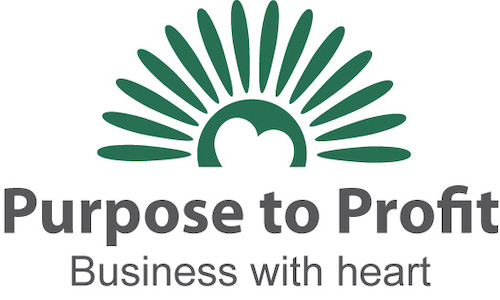Like many Australians, I’ve grown up with the belief that while Australia has a small population, we are incredibly innovative.
In summer, we’d put zinc creme on our noses to prevent sunburn. “Australians invented that!” we’d be told. Hanging out the washing in the back yard “Australians invented the Hills Hoist”. Winning the Americas Cup in 1983 was possible because Ben Lexicen invented the winged keel. Australians invented the black box flight recorder, the electronic pacemaker, solar hot water, the cervical cancer vaccine, the ultrasound, the electric drill, the bionic ear, the surf ski. The first feature length movie (more than 1 hour) was Australian. Aussies invented the clapperboard used in filmmaking. The list goes on.
Each time I heard of something else we invented, the belief that we are an inventive lot was reinforced and I felt proud to have such an aspirational heritage.
Now I’m wondering if we’ve been perpetuating an illusion!
Let me explain.
In the course of investigating the types of companies who would be more likely to engage in outside the box development for their people, I recognised that being adventurous / an early adopter or even an innovator themselves was a critical part of the client profile I was developing.
I ‘googled’ innovative companies and came up with an article from Forbes, listing the 100 most innovative companies globally. I ran my eye down the list looking for the Australian companies. Then started at the top again.
“What?! That can’t be right. Not a single Australian company on the list! How did they work out this list anyway?”
That’s right. Not a single Australian company.
What happened?
In 2008, “Measured Success. Innovation Management in Australia” was published. The Report represented the results of research conducted to understand innovation in Australia and innovation on a global platform.
A key finding is that there is nothing in the research that supports the idea that we are any sort of standout in innovation performance. Here are their reasons for this unexpected no-show.
- We under-invest in R&D (called BERD) Our business expenditure on R&D is the equivalent of 1.04% of GDP which is little more than half the average level among OECD nations and one third the level of the leading R&D nation, Sweden. BERD is still the best measure of research that leads to the creation of high value goods and services, leads to the employment of highly qualified engineers & scientists and sports businesses so they can export and operate in overseas markets.
- A second indicator of innovation is new high technology company formation through venture capital. However, our venture capital sector is the equivalent of 0.1% of GDP, again seriously lagging behind other OECD nations and around one quarter of the leading venture capital nation, the United States.
- A third indicator according to Peter Roberts in the report is R&D expenditure and business incubation buy large organisations. IBISWorld research indicates that only forty-four Australian companies spend more than $10 million a year on R&D. It is under what is needed to be internationally relevant and competitive in an existing business sector, let alone develop new businesses. That we have so few companies investing in R&D shows up on the stock market.
- Foreign-owned companies are performing less research in Australia than in the past.
I know from first hand experience that funding has been cut to many of our fine research institutions.
One of the big questions is: Where does that leave us? Importing around $95 billion worth of technology and paying for it with our iron ore dollars. Even in the massive mining boom, our trade deficit was spiralling as a direct result of the lack of innovation in Australia, according to the authors.
Innovation requires a financial investment certainly. It also involves a change of mindset such as the willingness to invest now for returns later, maybe.
In their book “Blue Ocean Strategy”, W. Chan Kim & Renee Mauborgne introduced the concept of blue oceans being areas of a market that were not overpopulated, compared with red oceans where there was already a lot of blood in the water. They wanted to quantify the impact of creating a blue ocean strategy for the company and identified that only 14% of the launches of the 108 companies they studied were actually innovations or blue oceans. These 14% of launches generated 38% of total revenues and 61% of total profits. Innovation is highly profitable!
Yes, there is risk associated with innovation. Many of the projects do not get off the ground. However, 61% of total profits suggests that the risks may be worthwhile for the company itself. And for the country!
So, is innovation in Australia dead? I certainly hope not. And if not, how are we going to revive it? Because if we want to be around 20-50 years from now (and not bankrupt), we need to be playing on the international stage. Without innovation that won’t be happening.
If this were a branding exercise, we may just find that we don’t have enough in the minds of our people and the rest of the world to differentiate us in a way that will bring more R&D investment into Australia. I agree that helping our mates during tough times, putting shrimp on the barbie, having cute animals, fabulous weather (mostly) and a great lifestyle are important. I’m just not sure they’ll make the difference we need.
What are your thoughts?

